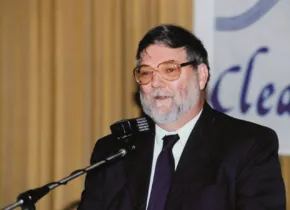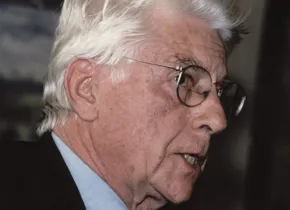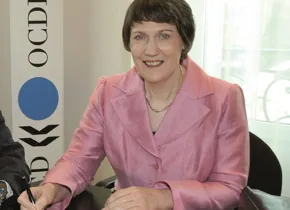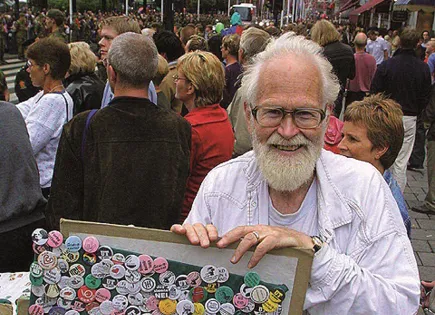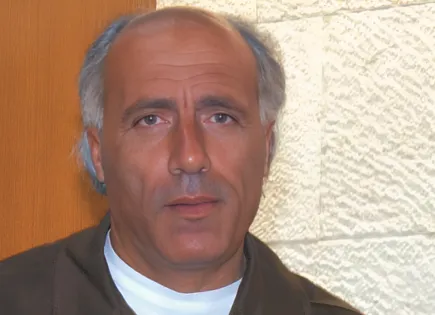2002
The Bulletin of the Atomic Scientists, USA
Categories: Lifetime Achievement and Special Recognition – 2002
Since the bombs on Hiroshima and Nagasaki, the magazine published in Chicago reliably reports on questions of the nuclear threat. The Bulletin was founded by former scientists of the Manhattan Project, the U.S. secret program during World War II that was responsible for developing the atomic bomb. Its symbol is the apocalyptic clock showing the imminent end of the world. A special recognition by the NFFA.
Alexei Yablokov, Russia and Francis Macy, USA
Categories: Lifetime Achievement and Special Recognition – 2002
Two men from very different worlds, the Russian Alexei Yablokov and the American Francis Macy. Yablokov, founder and president of the Center for Russian Environmental Policy, and Macy, one of the directors of the NGO Tri-Valley CARE, have been working closely together since 1991 and founded the Nuclear Watchdog Network, a coalition of grassroots organizations that monitor nuclear facilities in Russia and Ukraine. They received the honorary award for their life’s work.
Helen Clark, New Sealand
Category Solution – 2002
In 1999 Helen Clark was elected Prime Minister of New Zealand. Since then, her government has been strongly committed to alliances with other nuclear-free states to create a nuclear-weapon-free world. “Together with many people, organisations and countries, we want to create a world where peoples live together on the basis of trust and mutual respect.”
Ole Kopreitan, Norway
Category Education – 2002
The fact that Norway’s parliament declared in 1975 that it would touch its future non-nuclear energy mix is due to the fierce grassroots resistance in the country and in particular to Ole Kopreitan. After this stage victory, he committed himself to the worldwide fight against military and commercial use of nuclear power, since 1980 as Secretary General of the organisation “Nei til Atomvåpen”.
Mordechai Vanunu, Israel
Category Resistance – 2002
Mordechai Vanunu was hired as a technician at the Dimona Research Center in the Negev Desert in 1976 and found that plutonium for nuclear weapons was produced deep underground. He begins to photograph in secret and gathers evidence that Israel has around 200 warheads, making it the sixth-largest nuclear power. In 1985 he leaves Dimona and makes his knowledge public.
